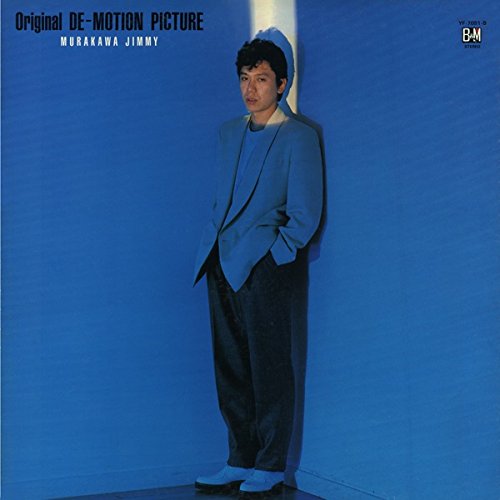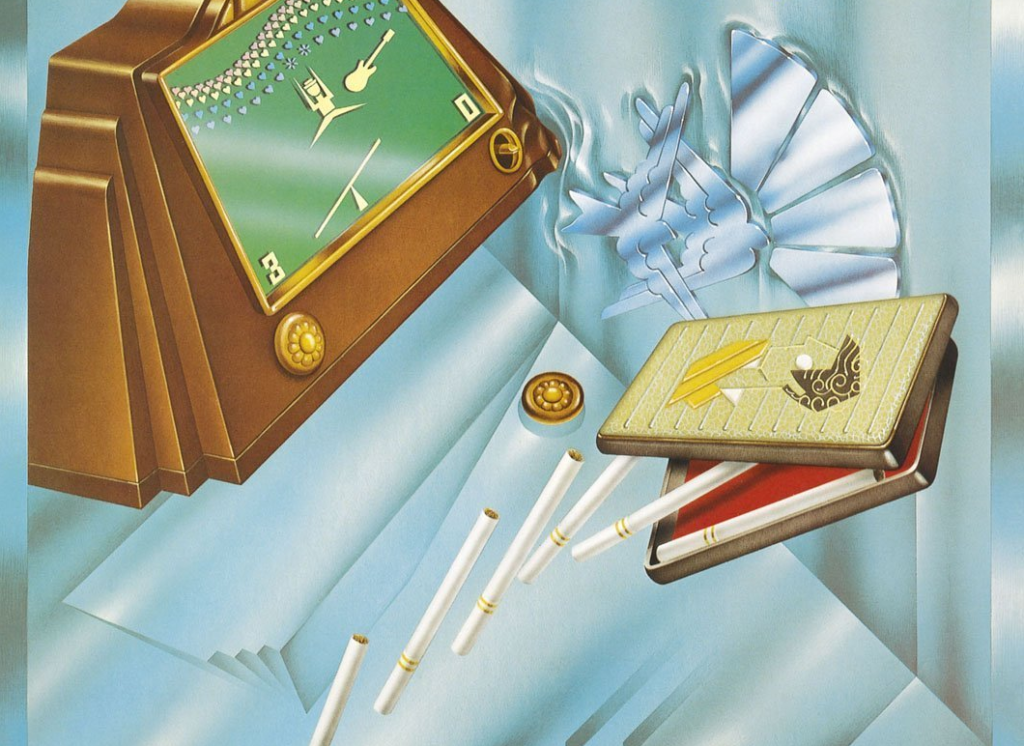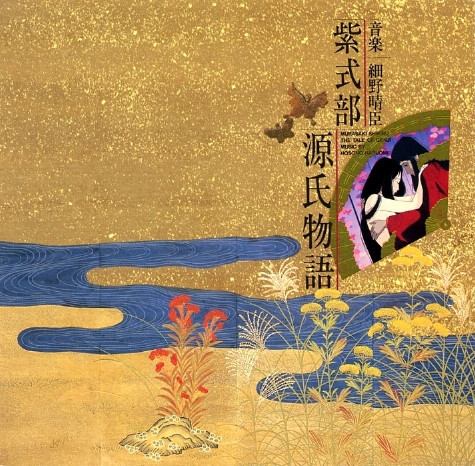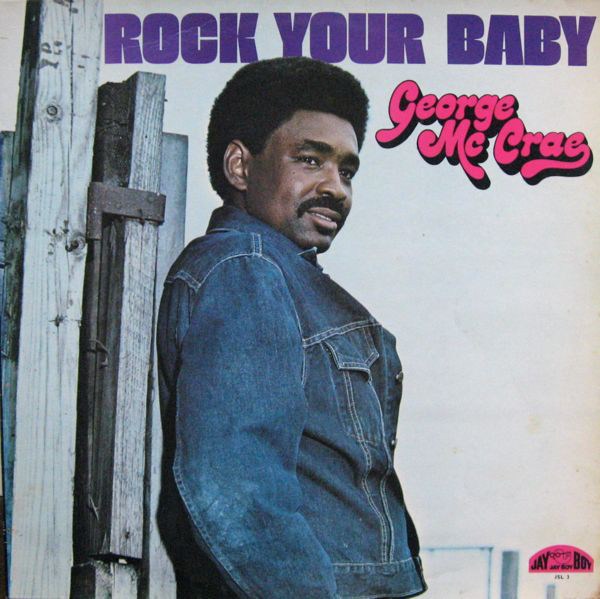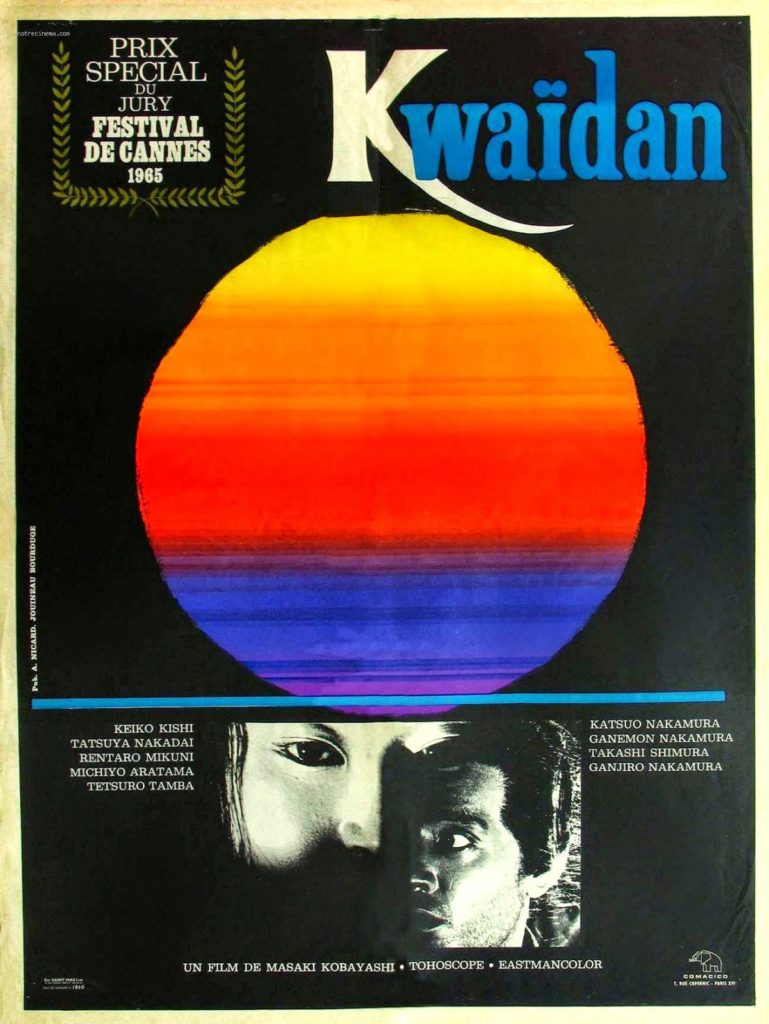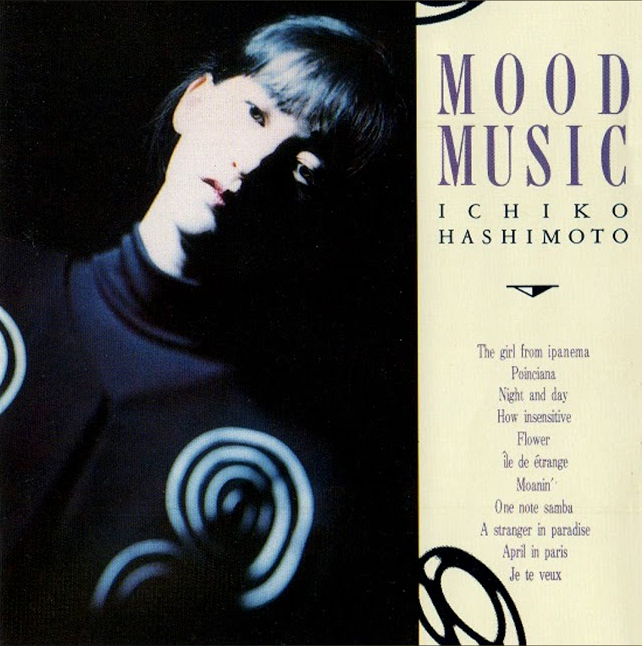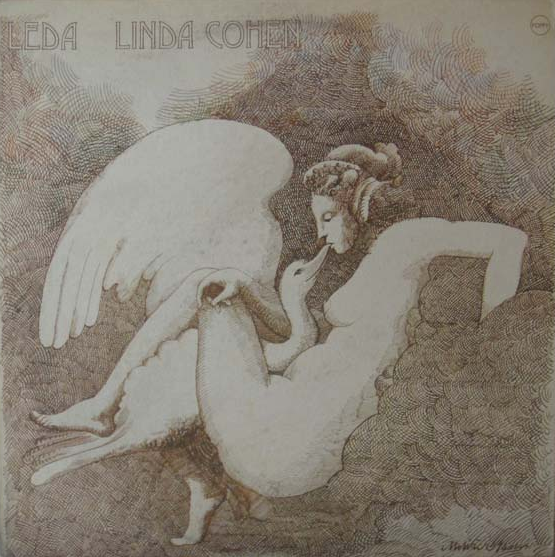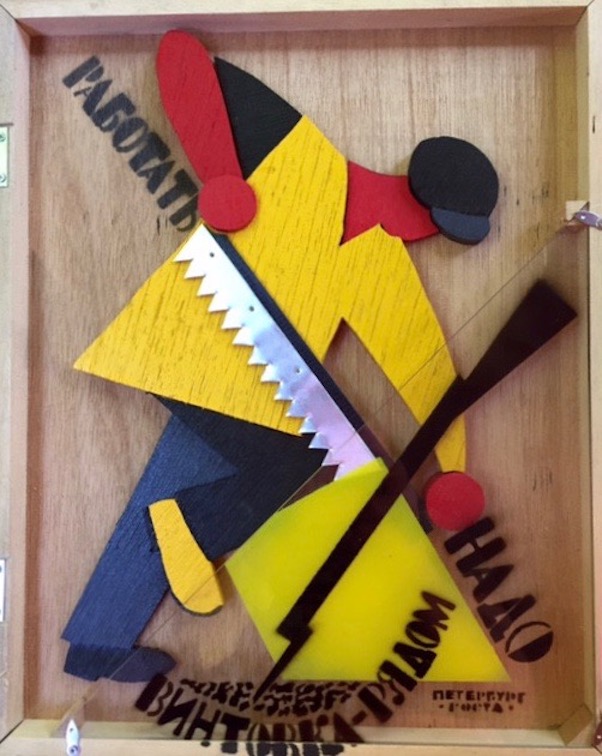
Another early 80’s anomaly, this one released on only 50 numbered cassettes in wooden boxes with silkscreen and Russian constructivist paper inserts. Ojima is probably best known for his catalog of significant environmental works, most notably the gorgeous 1988 two-album collection for the Spiral in Tokyo’s Wacoal Art Center (volume one of which has been lovingly catalogued here), but also for the Tokyo Opera City Art Gallery and the Living Design Center OZONE. He also produced Hiroshi Yoshimura’s Pier & Loft and Motohiko Hamase’s #Notes Of Forestry. (For more Japanese environmental music, see here, here, here, and here.)
Club takes somewhat of a departure from his more ambient works, but you can still hear his propensity for small motifs that build and layer into complex, embroidery-like compositions, particularly on tracks like “Boy In Vision.” Closer “Graduation” is similarly stunning and somber: between its whale-like, slow-motion horns rearing and arcing in the distance, and its deliberately distracting tinny mechanical whirring in the forefront, it reminds me of Hosono’s “Air-Condition,” released the year prior.
Still, if the cover art wasn’t sufficiently indicative, there’s a sense of humor here that isn’t necessarily evidenced elsewhere in his catalog: a spronky suggestion of mechanical toys on “Entrance,” a childlike wonder and marching-feel on “Orientation,” and perhaps most noticeably on the confoundingly good “Club-A.” People who know more than I do about the history of electronic dance music might be able to label this more accurately, but to me this sounds a whole lot like raucous, gnashing proto-techno, or even proto-acid. And then, just like that, we’re returned to the gleefully spaced out synth whirring of “Club-B,” as if nothing unusual had happened. (Though there are a few small nods to futurity on “Days Man” and “Schooling,” whose drum-machine-going-for-a-walk sensibility sounds like a nod to Testpattern–which is a good thing.) As much as I feel like a broken record, this is largely uncategorizable stuff, and a really special window into a genius stretching his legs and taking some worthwhile risks along the way.
